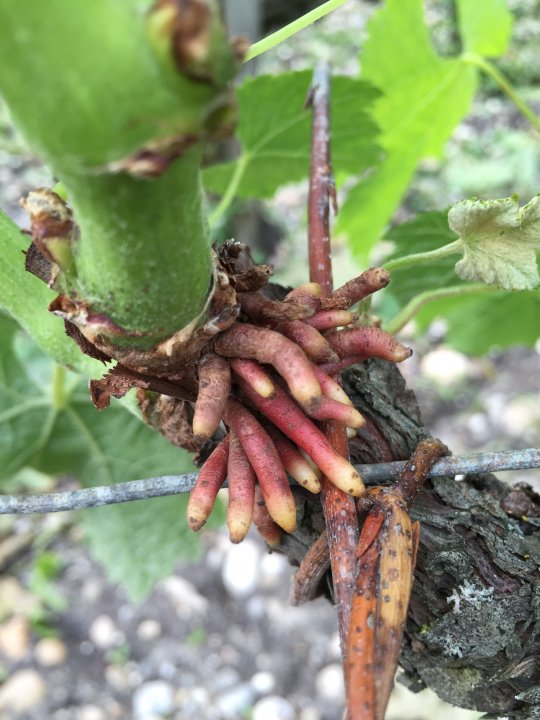When a plot floods, the soil becomes saturated and the air is driven out, the oxygen contained in the macroporosity of the soil rises to the surface, resulting in a lack of oxygen to sustain the normal function of the vines' roots. This is referred to as hypoxia or anoxia in very serious cases.
The vines can go into anaerobic fermentation, which is much less efficient than respiration and depletes its reserves. They can then produce lactate and later ethanol. The vines respond to a lack of oxygen in the soil by increasing stomatal resistance, decreasing photosynthesis and accumulating photoassimilates. In the case of hypoxia or anoxia, the roots' energy is insufficient to support the physiological processes necessary for the functioning of young shoots. The inhibition of respiration is accompanied by an increase in ROS (reactive oxygen species) molecules, blocking aquaporins (water channels) in the cells. The vines become less permeable to water.
The movement of water and air in the soil following a flood can lead to different reactions from the vines depending on the tolerance level of their rootstock. Riparia rootstock, for example, is able to withstand flooding for a few days, unlike Rupestris rootstock. When vines are flooded or in contact with moisture-saturated air, they can develop roots above the ground.

